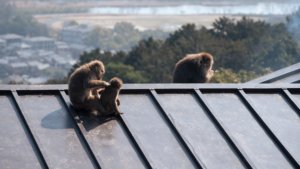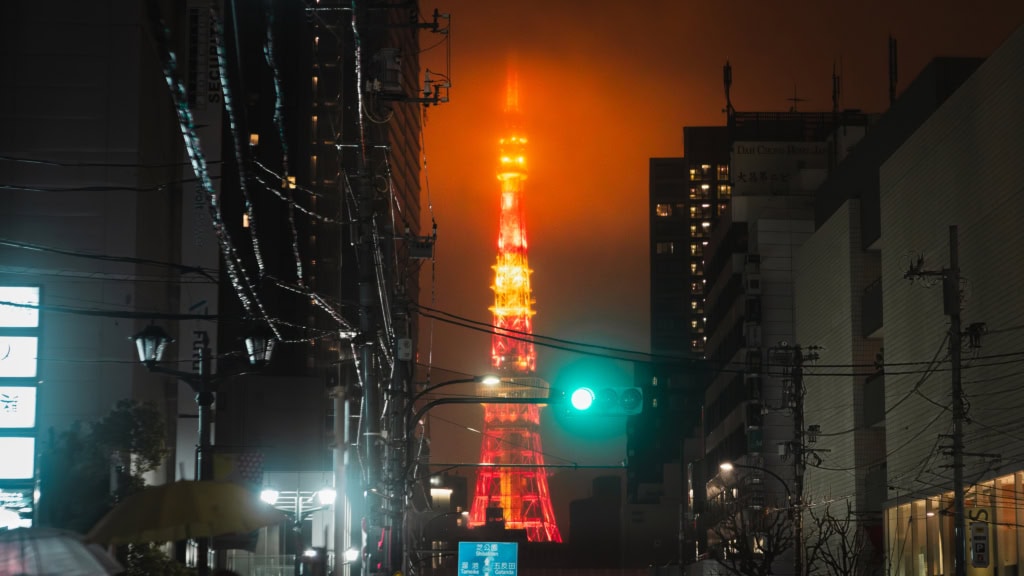Kinkaku-ji (金閣寺), also known as the Golden Temple, is a landmark of Kyōto and one of Japan’s most important sights. Its gleaming golden façade is picturesquely reflected in the surrounding pond and attracts millions of visitors from all over the world every year.
Location and how to get there
Kinkaku-ji is located in the northern part of Kyōto and is easily accessible by public transport. From Kyōto central station, city buses no. 101 or 205 go directly to the temple; the trip takes about 50 minutes and costs 230 yen. Alternatively, you can take the Karasuma Subway Line to Kitaoji Station and then take a taxi or bus No. 101, 102, 204 or 205.
History of Kinkaku-ji
The original construction of Kinkaku-ji dates back to 1397, when the then shogun Ashikaga Yoshimitsu had the pavilion built as part of his retirement residence. After his death in 1408, at his request, the property was converted into a Rinzai Zen temple and given the official name of Rokuon-ji (鹿苑寺), which means ‘Temple of the Deer Garden’. The name Kinkaku-ji (Golden Pavilion Temple) is derived from the striking golden exterior of the main building.
Over the centuries, the temple suffered several destructions, including during the Ōnin wars (1467-1477), but the Golden Pavilion itself remained largely intact until it was completely destroyed by arson in 1950. Today’s pavilion is a faithful reconstruction from 1955, retaining all the historic charm and splendour of the original.
Architecture and design
The three-storey pavilion combines different architectural styles: the first floor is in the Shinden style, reminiscent of the palace architecture of the Heian period; the second floor is in the Buke style, reflecting the residence of the samurai; and the third floor is in the Chinese Zen style. The top two floors are completely covered in gold leaf, giving the building its unmistakable splendour. A golden phoenix sits on the roof, symbolising rebirth and immortality.
Gardens and pond
Kinkaku-ji is surrounded by extensive gardens, considered to be an outstanding example of Japanese garden art. The central feature is the Kyōko-chi (mirror pond), which reflects the golden pavilion on its surface, creating a harmonious interplay between architecture and nature. There are several islands and stone formations in the pond that have symbolic meanings and represent Buddhist cosmology.
Visitor information
Kinkaku-ji is open all year round, although opening hours may vary depending on the season. Admission is 500 yen for adults. It is recommended that you visit early in the morning or late in the afternoon to avoid the crowds and enjoy the peaceful atmosphere.
A visit to Kinkaku-ji is an unforgettable experience that reflects the beauty and spirituality of Japan. The combination of stunning architecture, ornate gardens and deep-rooted history makes the Golden Temple a must for any visitor to Kyōto.













